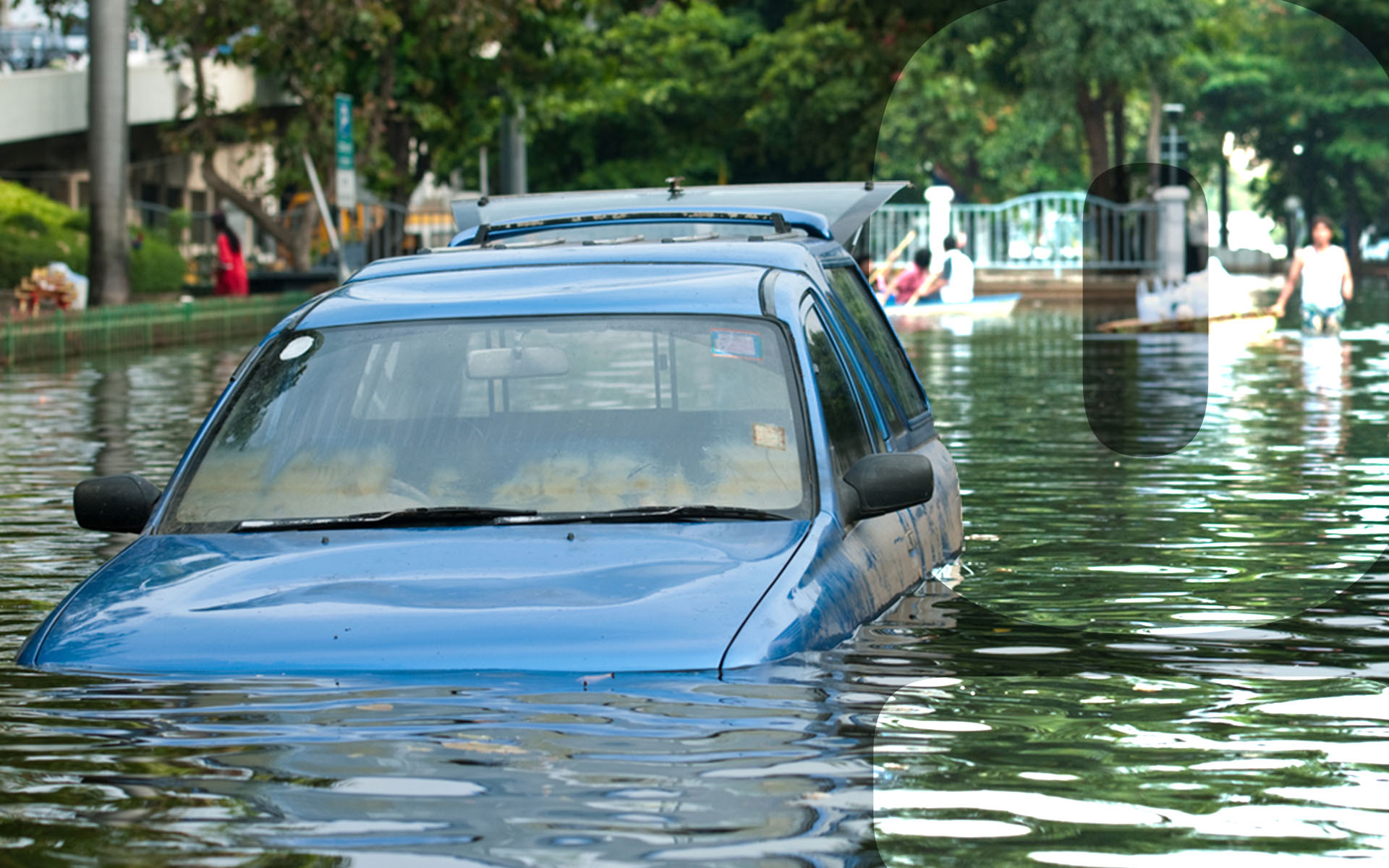
Flood Solutions for Current and Future Disasters
We are reader-supported. When you buy through links on our site, we may earn affiliate commission.
Climate change is one of the world’s most pressing problems. It affects people in every country, especially in areas prone to flooding. When it comes to the future, flood solutions exist and will become better. These are a few resources people and governments can use to protect themselves while the fight against global warming continues.
How Bad Are Current Floods?
Carbon dioxide (CO2) emissions trap gasses in the atmosphere, intensifying weather systems like precipitation and causing more natural disasters. It’s why sudden heavy rains in Tennessee recently caused flash flooding and another rain system killed 49 people in western Germany.
In addition to killing people, flooding also causes other significant problems. People who survive a flood within structurally sound buildings or cities may need to interact with the rising water to evacuate or reach help. Flood water contains bacteria like E. coli and Salmonella, along with other pathogens from any human or animal waste floating within it.
People who don’t die from rising water or collapsing structures may die of illnesses after the rain stops. Researching how to prevent floods or make them less disastrous is essential to save lives.
Since America emits 5.41 billion metric tons of CO2 annually, the planet needs more help from the U.S. than other countries. There are a few ways American researchers and production companies can contribute to the world’s wellbeing.
What Are Some Existing Flood Solutions?
There are a few existing flood solutions that help on small and large scales. Some need government implementation, but others empower individuals to protect themselves and their loved ones.
Physical Flood Control Infrastructure
Existing flood infrastructure utilizes the following barriers to keep flood waters out at varying heights. They’re useful for standardized flooding, but may not be helpful against continuous extreme natural disasters caused by climate change.
Levees
People build levees out of natural or manufactured walls to extend habitable land around bodies of water. When a flood occurs, the water hits the levee and stays away from the cities or towns behind it. They’re helpful but can break under intense floods or after decades of weather erosion.
Dams
Dams have water on both sides of the wall. They contain water on one side specifically to increase the water levels for community use. Floods can break or overflow dams if the collected water rises above the dam’s height.
Seawalls
Constant water exposure erodes the ground. Seawalls protect the soil by taking the brunt force of tides and waves. Coastal properties and beaches won’t wash away so quickly if seawalls exist along the coastline.
Seawalls also ensure that floods can rise to a higher height before becoming a public threat. However, floods intensified by global warming will include more water and can rise above seawalls.
Tide Gates
Some communities and farmland only exist because tide gates cut off the water flow from an ocean inlet. Officials can control the gates remotely to allow water to enter the community during droughts. Although they’re an excellent tool for controlling tides, flooding easily overpowers them.
Existing Flood Technology
When people have to battle floods, solutions like these help in moments of crisis. These types of technology assist flood-prone communities right now, even as global warming intensifies flooding dangers.
Pump Stations
Heavy rainfall in areas with waterlogged soil or concrete ground coverage collects floodwater more quickly. Pump stations assist with this challenge. Experts install them around places like industrial, commercial or residential points to collect water during rain showers or storms.
When the pump station’s tank reaches a specified level, the pump automatically turns on and discharges the collected water to a designated dump site connected by drains. The mitigation technology is a critical resource that could get upgraded to divert larger amounts of water as global warming makes flooding worse.
Flood Mapping Technology
Weather monitoring teams use flood mapping technology to predict which areas will be most affected by oncoming storms or rising bodies of water. The remote sensors consider elevation, topography and proximity to water when evaluating which locations should evacuate before natural disasters.
Emergency resources use these predictions to pinpoint communities that will most need funding and response experts during and after upcoming floods.
Widespread Cellular Connectivity
Floods can damage or destroy cellular towers, cutting communities off from outside help during and after floods. Mobile cellular connectivity platforms can be online in minutes and help authorities find individuals who need assistance even while a natural flooding disaster is ongoing.
What Are Future Flood Solutions?
Based on existing flood technology, people in flood-prone areas can expect help from these future flood solutions in the coming years.
Rapid Response Water-Gate
Sandbags are a standard water barrier tool used by communities that need budget-friendly resources to keep water out of homes and businesses. Water-Gate systems may replace sandbags someday.
European communities have already begun using Water-Gates to block up to two meters of water during floods. The tech uses water pressure to automatically inflate and form a dam wherever people unroll it. It doesn’t need electricity to function either, making it an excellent resource for underserved communities or impoverished countries.
Residential Aquobex Door Sealants
Aquobex sealant barriers are another way to keep floods out of residential or commercial structures. The plastic barriers cover doorways and screw into the walls on either side. A layer of sealant suctions to whatever surface it touches, forming a watertight seal that’s reusable after floodwater recedes.
Opti Stormwater Drainage Software
Floodwater drainage systems like pump stations don’t come with software that matches the current abilities of modern technology. Opti is a software system that eliminates that challenge.
It connects with existing drainage systems to monitor current activity. Officials will know which systems have 100% efficiency and which are breaking down in real-time during floods. City planners and emergency response teams will know the exact spots most affected by rising flood waters and better serve those in need.
How Bad Will Floods Become?
Flood events will increase by over 26% through 2050 in the U.S. alone if climate change continues to intensify at the same rate. Without extensive greenhouse gas emission reduction, the country can expect to pay more than the current annual fees of $32.1 billion to repair communities destroyed or damaged by floods.
Investing in technological advancements and installations will save lives, build infrastructure that can withstand climate change weather events and ensure a better future while the environment still suffers from carbon emissions.
Preparing for the Future: Flood Solutions for Everyone
There are many flood solutions people can use to save lives right now and incoming technologies that will save the day later on. Utilizing these advancements will help communities deal with the symptoms of global warming while nations work together to reduce the carbon emissions that make climate change worse.
Share on
Like what you read? Join other Environment.co readers!
Get the latest updates on our planet by subscribing to the Environment.co newsletter!
About the author
Steve Russell
Steve is the Managing Editor of Environment.co and regularly contributes articles related to wildlife, biodiversity, and recycling. His passions include wildlife photography and bird watching.





